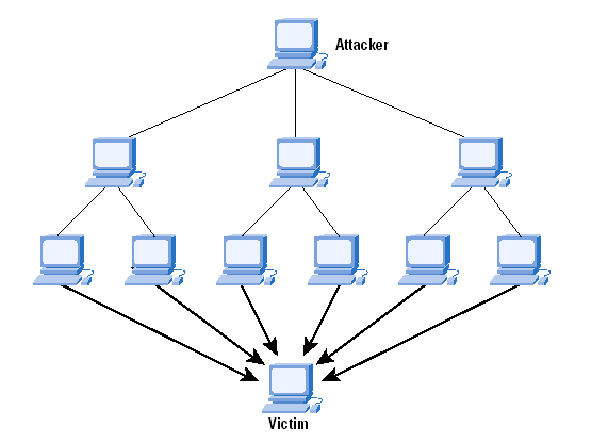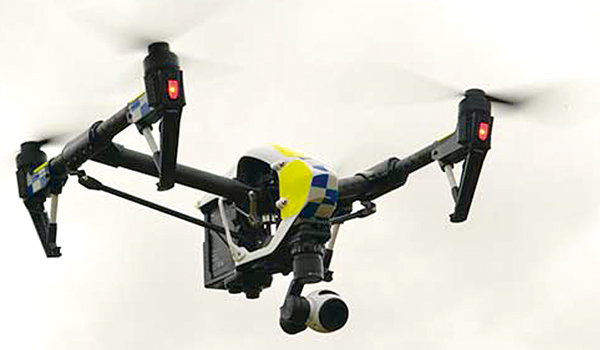Smarter policing with artificial intelligence
A report last year from Stanford University in California Artificial Intelligence and Life in 2030 identified public safety and security as one of the domains in which artificial intelligence (AI) will become much more prevalent in the coming decades.
A report last year from Stanford University in California Artificial Intelligence and Life in 2030 identified public safety and security as one of the domains in which artificial intelligence (AI) will become much more prevalent in the coming decades.
And Jeff Farrar, who retired last month as chief constable of Gwent Police, agrees that if the job does not involve emotion then it can probably be done by a computer.
AI is widely regarded as one of the key policing tools in the future amid budget and job cuts.
Speaking as Gwent Police celebrated its 50th anniversary earlier this year, Mr Farrar said the reality is that a lot of the things that we may be able to do in the future through AI might be things that ordinarily would have been done by people.
James Laird, chief executive officer of behavioural analysis specialists Strenuus Ltd, says AI is proven to help law enforcement work smarter and realise the return on investment that lies within years of best practice.
Durham Constabulary has already taken the first steps by trialling an AI system that can help officers decide whether or not to keep a suspect in custody based on the probability of offending.
It is using a Harm Assessment Risk Tool that has been developed using five years of force data and will classify a suspect as either low, medium, or high risk of offending.
Speaking as part of techUKs recent Security and Law Enforcement Campaign Week, Mr Laird said the potential of machine learning was particularly relevant when applied to speech recognition.
Digitisation delivers enhancements across all facets of life with human communication being one area that is particularly aligned to law enforcement and criminal justice, he explained.
Mr Laird added: Human communication, and the behaviours that exist within, is a broad and deeply complex subject matter that we as v1.0 humans learn to interpret and respond to from our earliest days.
It is this developed emotional intelligence that we rely upon to steer our decision-making and this same emotional intelligence, built from personal and institutional experiences, lies at the heart of effective policing.
We apply this same methodology to achieve machine learning, offering us the opportunity to complement and enhance the capabilities of traditional operations across a plethora of emergency service and security environments.
Mr Laird said focusing on communications and the capability of automatic speech recognition, we are now able to transform the unstructured data that constitutes voice interactions and perform analytics across the resultant data sets, which when aligned to outcome deliver a bias free appraisal of human communication specific to context.
Going beyond mere words and isolating the specific linguistic and vocalic markers that align to the presence or absence of credibility and or deceit within an account we are able to assemble the unbidden communication jigsaw that exists within all communications, he added.
Mr Laird said applying this capability to covert human intelligence sources, for example, would enable behaviours to be monitored and any irregularities identified.
The ability to apply impartial analysis across intelligence appraisal safeguards the position of the handler, controller and operational teams, he added.
The same methodology can be applied to suspect interviews, witness interviews, 999 call handling, border interviews, in fact any environment where an action is generated from a human interaction.
If we look at the data available from frontline deployment of body-worn cameras across UK policing, we see an opportunity to provide enhanced support to stop and search that stands up to external scrutiny and being constantly tuned to outcome both positive and negative, increases the chances of any stop being valid, productive, efficient, transparent and robust under scrutiny.
It is our experience that guides us, whether thats being puppy walked as a probationary constable or leading a major investigation, i





